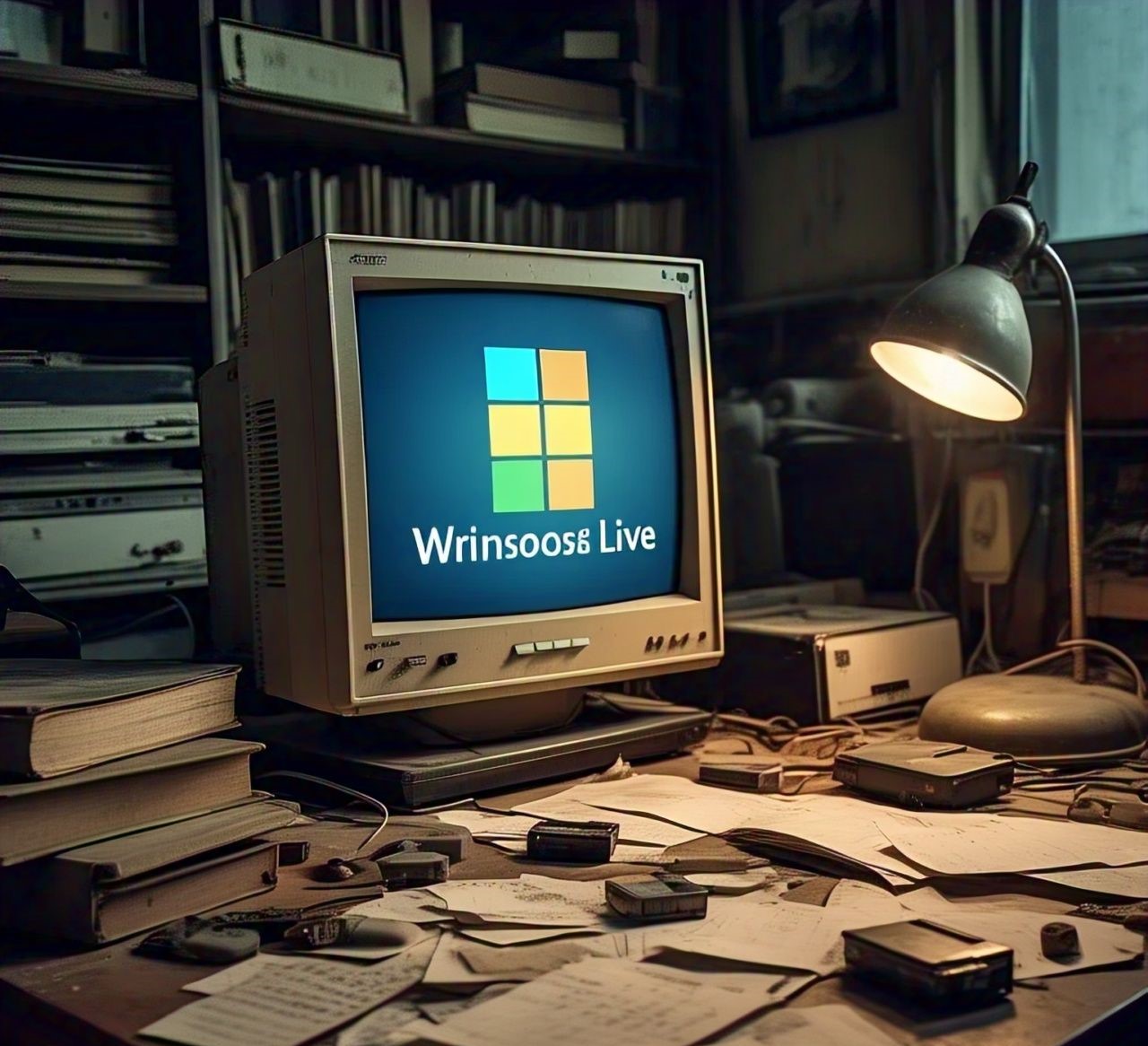Windows Live was a collection of web services and software tools that Microsoft introduced to make online life easier for users. These services allowed people to store their files, access email, and stay connected with friends and family. The Windows Live brand became popular for its mix of applications like Windows Live Mail, Windows Live Messenger, and more. However, over time, Microsoft decided to discontinue Windows Live as part of a shift towards new, more modern services like OneDrive and Outlook.
Though Windows Live is no longer available, many of its features and tools have evolved into other Microsoft products. If you were a fan of Windows Live, you might have noticed that some of its best parts live on in services like OneDrive for storage and Skype for communication. Let’s take a closer look at what Windows Live was all about and how it shaped the tools we use today.
What Was Windows Live? A Quick Overview
Windows Live was a set of online services and software that Microsoft created to help people with their everyday digital needs. It included tools like email, messaging, and file storage, making it easier for users to stay connected and organized. The brand started as a way for Microsoft to offer more cloud-based services to users, providing a simple way to manage things like photos, emails, and documents online.
While Windows Live isn’t available anymore, it was once a key part of many people’s internet experience. Services like Windows Live Mail and Windows Live Messenger were popular for connecting with others, and many of the tools Windows Live offered have now evolved into new and improved services. These updates, like Outlook and OneDrive, continue to help people in similar ways but with more features and better technology.
Key Features of Windows Live You Might Remember

Windows Live had several features that made it stand out back in the day. One of the most popular features was Windows Live Messenger. This chat program allowed people to talk with friends instantly, share photos, and even play games. Many people used it for casual chats or work meetings, making it an essential tool during its time.
Another well-known part of Windows Live was Windows Live Mail. It was an email service that helped users manage their emails in an easy way. Users could organize their inbox, create folders, and even use it for their Hotmail accounts. Although this service has now been replaced by Outlook, the core ideas of organizing and managing emails still exist in modern Microsoft services.
How Windows Live Changed the Way We Use the Internet
Windows Live changed the way people interacted with the internet. Before services like this, it was much harder to store photos and documents online or stay connected with others. Windows Live made it possible to store files in the cloud, which meant people didn’t have to worry about losing important things on their computers. With services like Windows Live SkyDrive (now OneDrive), sharing documents and photos became simpler and more accessible for everyone.
Also, Windows Live helped introduce many users to the world of instant messaging. With Windows Live Messenger, it was easier to talk to friends in real-time, which was a big deal back when people mostly used email or phone calls. The ability to send quick messages and share files in real-time made communication faster and more efficient.
Windows Live Messenger: The End of an Era

Windows Live Messenger, known to many as MSN Messenger, was one of the most beloved parts of the Windows Live suite. It was a tool people used to chat with their friends, share images, and send quick messages. However, after years of being one of the most popular instant messaging tools, Microsoft decided to retire it in 2013.
The end of Windows Live Messenger was a sad moment for many users, but it marked the beginning of new communication tools. Microsoft shifted to Skype, which combined messaging, voice, and video calls. The technology behind Messenger was also included in Skype, helping to improve its features and making it easier for users to keep in touch with friends and family around the world.
Conclusion
In conclusion, Windows Live was an important part of Microsoft’s journey into the world of online services. Although it’s no longer around, the features that made Windows Live popular live on in today’s tools like OneDrive and Outlook. These services have taken the best parts of Windows Live and made them even better for the modern internet user.
Even though Windows Live is no longer active, it played a key role in shaping the digital world we live in today. By offering easy ways to manage emails, files, and instant messaging, Windows Live helped introduce people to the world of cloud computing and digital communication. Today’s services have built on its foundation, creating better and more efficient tools for everyone.
FAQs
Q: What was Windows Live
A: Windows Live was a collection of web services and software tools from Microsoft. It included services like email, messaging, and file storage, which have evolved into tools like Outlook and OneDrive.
Q: Why was Windows Live discontinued
A: Microsoft discontinued Windows Live to focus on creating better and more advanced services. They moved to tools like Outlook and OneDrive to improve user experiences.
Q: What happened to Windows Live Messenger
A: Windows Live Messenger was retired in 2013 and replaced by Skype, which integrated messaging, voice, and video calling into one platform.
Q: Are any Windows Live services still around
A: Yes! Many Windows Live features are now part of other Microsoft services. For example, Windows Live Mail became Outlook, and SkyDrive became OneDrive.
Q: How did Windows Live change the internet
A: Windows Live introduced easy ways to store files, manage emails, and chat online. It helped shape the online services we use today.




